
By Alex Jones
REMARKABLE photos show the brutal reality of life in the trenches of World War One for Highland soldiers, renowned as some of the most ferocious fighters in the Great War, and the perils of wearing a kilt in battle.
“I know of no inspiration to be got from trousers.”
So said Lt/Col Norman MacLeod, Scottish soldier during the Great War and defender of the kilt.
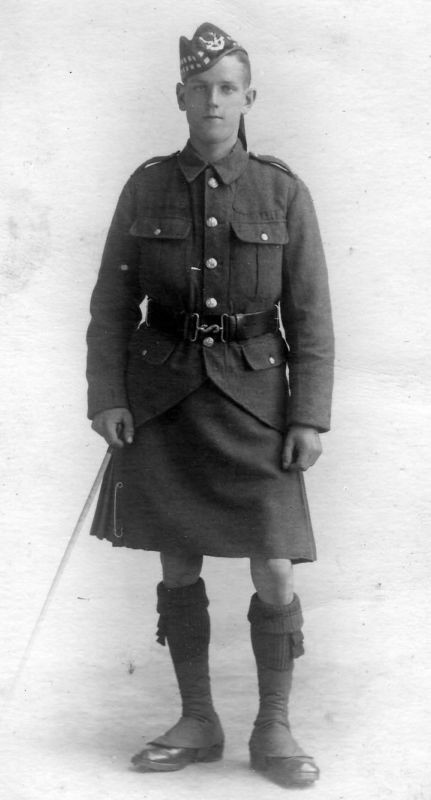
Of all the nations involved in the gruesome drawn out battle of World War One, few could claim to be as badly hit as Scotland. Over 132,000 men and women – although that figure can fluctuate – made the ultimate sacrifice over 100 years ago, crippling Scottish communities, particularly in the small rural villages of the far north. But despite the devastating loss of life, the Scottish or kilt-wearing regiments are often considered to be fiercer, more brutal yet often merrier than their fellow soldiers on the frontline. But does the stereotype stand up to scrutiny?
Incredible, and occasionally graphic, photos show all sides of life in the trenches, including a cheeky soldier drawing admiring glances from some French civilians, a soldier grimly retrieving an identity tag from his lifeless comrade, and the Men of the Black Watch celebrating New Year’s Day with a bottle in hand.
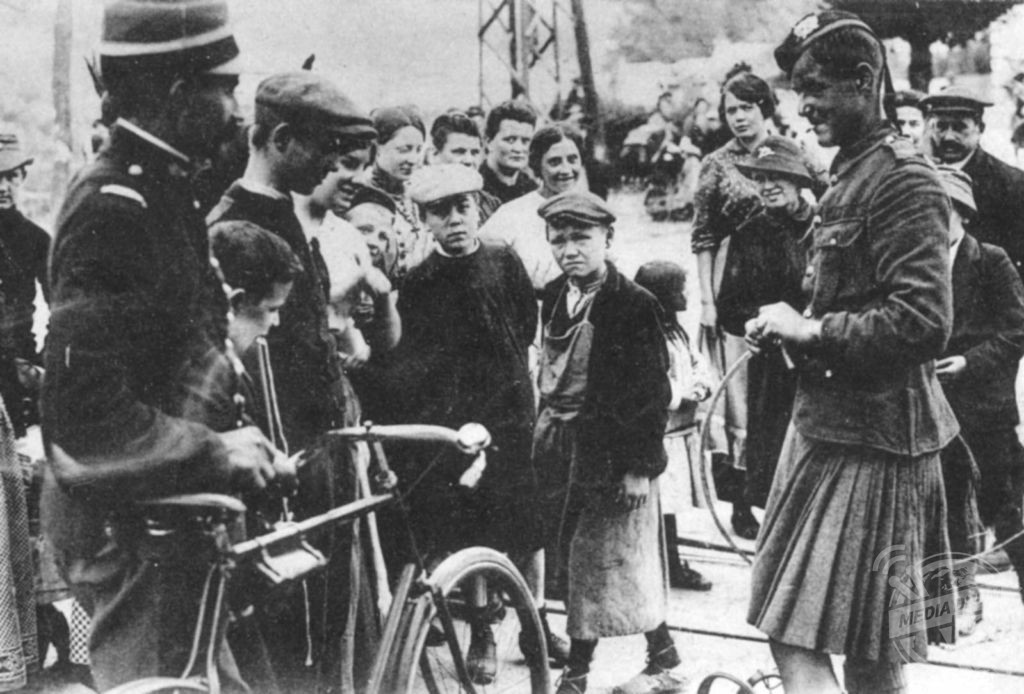
In Thomas Greenshields’ latest book Those Bloody Kilts: The Highland Soldier in the Great War the author sets out to identify what, if anything, truly made the Highland soldier unique, and to what extent his experience was simply the same as that of the ordinary Tommy.
“There is no monograph on the Highland soldier in the Great War, but there is much mythology about the Highland soldier,” explained Greenshields.
“The centenary of the Great War is an appropriate time to offer a review. It has been my intention in this review not to de-bunk the image of the Highland soldier, but to examine the reality and in the process subject the mythology to critical review. The intention is to provide a ‘warts and all’ picture of the Highland soldier and in so doing not to diminish him, but to show him in his essential humanity. Only if we understand this humanity and the reality of his experience can we really appreciate his contribution and sacrifice.”
Early on, Greenshields makes it clear that you don’t have to be born in Scotland to be a ‘Scot’.
“In defining the Highland soldier, I have embraced all the kilted soldiers of Britain and the Empire, including those of Canada and South Africa,” he added.
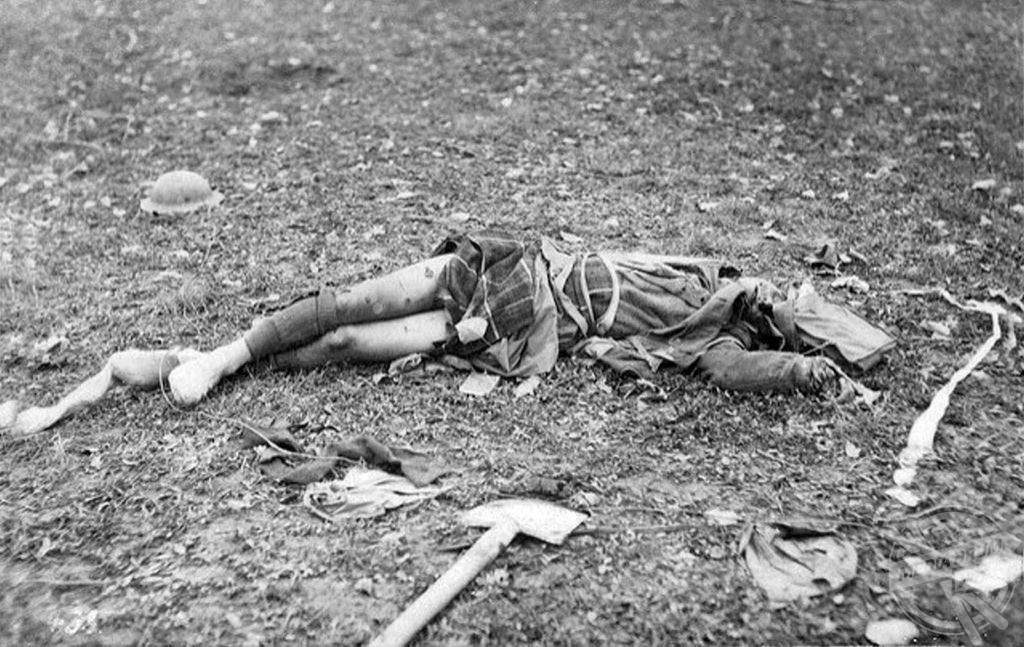
“I have specifically included the kilted 6th and 9th Highland Light Infantry (H.L.I.) and 9th Royal Scots, but I have not included the non-kilted battalions of the H.L.I.
“Likewise I have included both the London and Liverpool Scottish but not the non-kilted Tyneside Scottish. No doubt I risk being ‘persona non grata’ in Glasgow and Newcastle!”
The kilt, and its considered faults and benefits, is a central theme through the book – not surprising as it is arguably the Highland soldier’s most distinctive feature.
Although it had its benefits – not least as a symbol of pride – there was one notable drawback.
“There was little dignity for kilted solders in death,” admitted Greenshields.
“Take the testimony of those who were there. Lieutenant Norman Collins, of 6th Seaforth Highlanders, recalls how, during the attack on Y Ravine at Beaumont-Hammel on 13 November 1916:
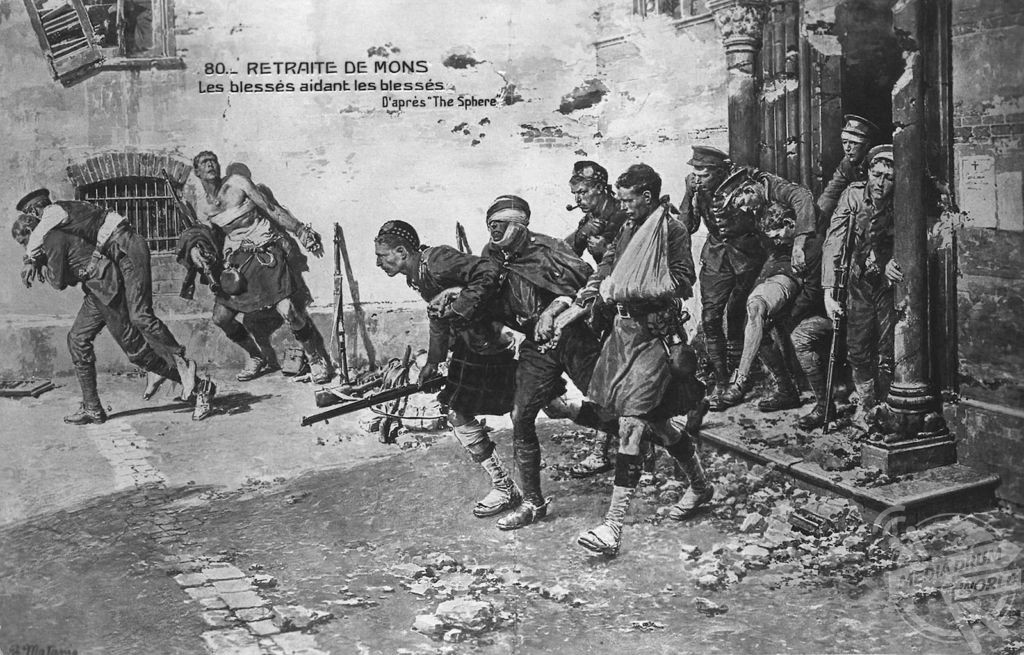
‘I went out and saw men dropping right and left, I’ve a vision of a Gordon Highlander pitching forward with his rifle onto his hands and knees, stone dead, his kilt raised showing his backside.’
“After the battle, on the 15th, Frank Brooke, a stretcher-bearer with the same battalion, 4th Seaforths, found that, in Y ravine:
‘One Jock lay on the slope of a shell-hole, his kilt blown up on his chest exposing his body and his limbs, red and pulped. It was horrible. Thousands of men had passed him and yet no one had the thought to lower his kilt. I left my place in our file and pulled it down.’
“Similarly, after the battle of Arras, in April, 1917, Leslie Cooper recalled that:
‘The South Africans had captured the ground on which we worked. Many of their dead were lying where they had fallen … Among the attacking South Africans were the 4th Batt (Scottish). Some of the dead were face down, some on their backs, but in almost all cases the kilt had been thrown forward leaving their nakedness for all to see. Without ceremony, but with a touch of reverence, those who were close by had pulled down the kilt. It is strange what men will do at times such as these!’”
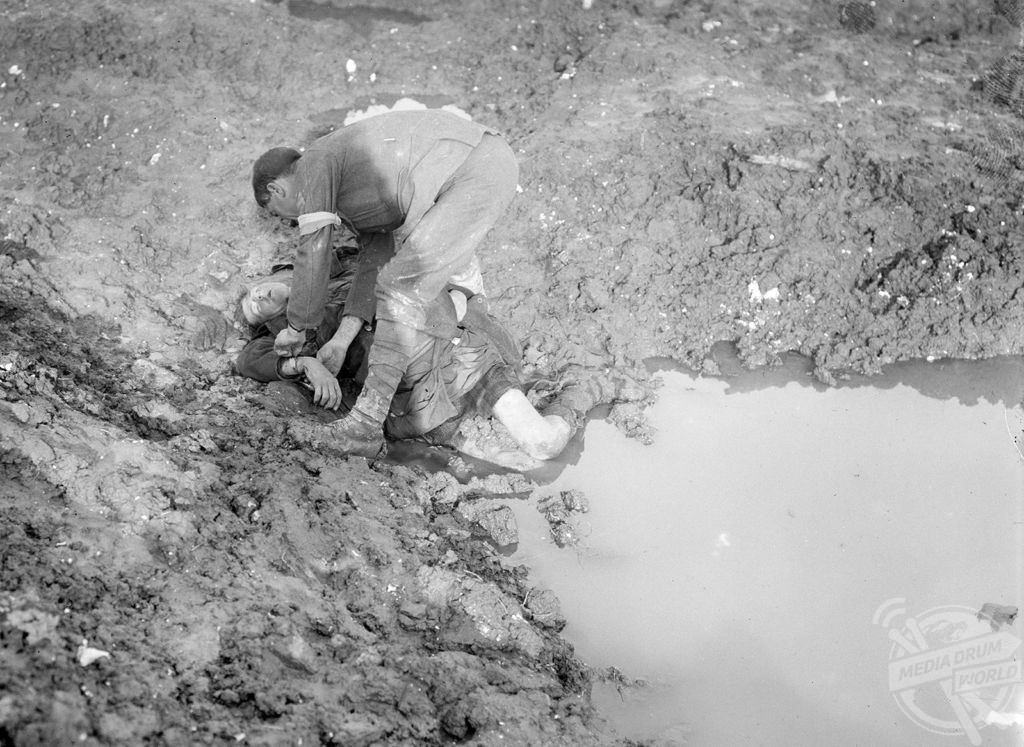
Those Bloody Kilts also looks at the role of pipers and bagpipes and their effect on morale on the frontline and the economic and social backgrounds of the typical Highland Soldier.
However, the authoritative book is not intended to be a blow-by-blow account of Scottish military action in the war.
“This is not an operational history,” stated Greenshields.
“Many battles are mentioned, but the reader wanting a detailed examination of the Highland battalions at Loos, Arras or Cambrai will need to look elsewhere.
“The book covers elements of social history, such as the regional and social origins of the soldiers and the relationships between officers, N.C.O.’s and men.
“But it is much more than a social history, for, alongside these elements, we consider, for example, the practicality of the kilt, the use of the pipes on the battlefield, and less tangible elements like ferocity and courage on the battlefield.
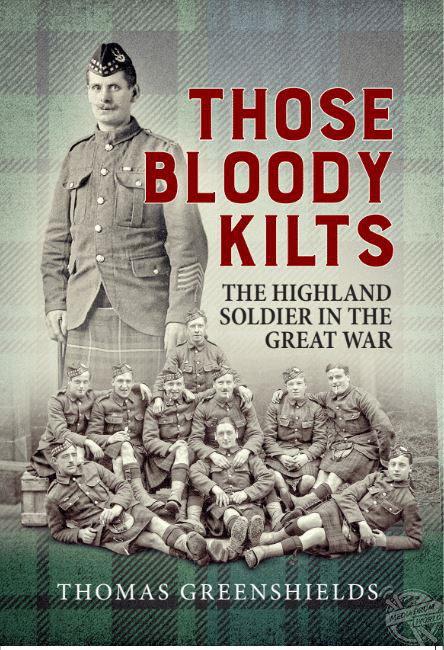
“Many of these elements as we have remarked contributed to morale, and morale is a primary military consideration.
“With that in mind, I think we should stress the normalcy of the Highland soldier.
“He was not a martial super-hero. He was, for the most part, an ordinary man, propelled out of his peacetime existence (even that in the Army) into the most trying circumstances, trying to cope and survive as best he might, displaying the range of human behaviours; in turn courageous and weak, joyous and sad, selfless and careless, compassionate and ruthless, but overall exhibiting basic human decency and fallibility.
“In other words, he was just like you or me.”
Thomas Greenshields’ Those Bloody Kilts: The Highland Soldier in the Great War, published by Helion and Company, is now available. Buy online here.






